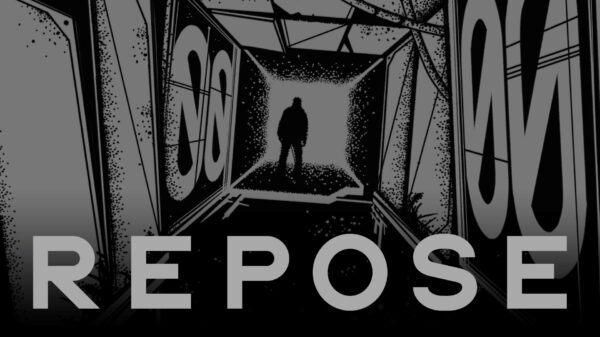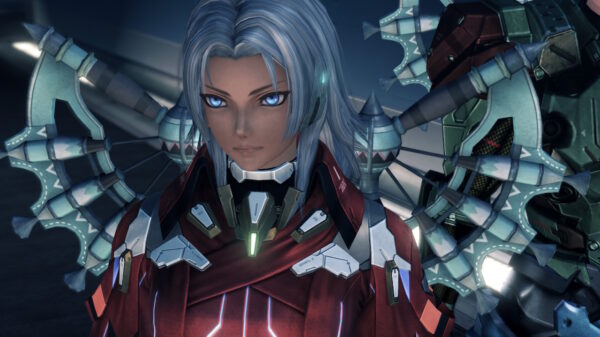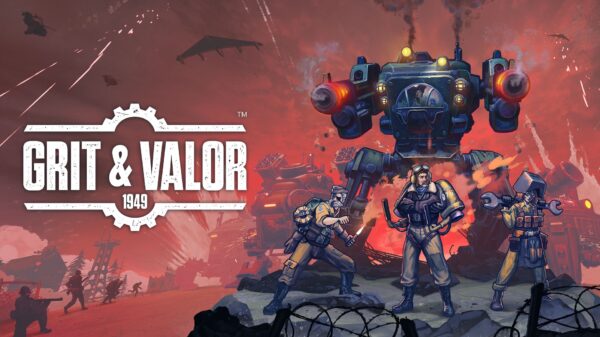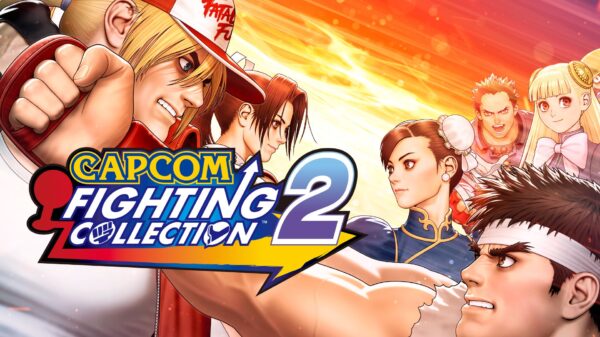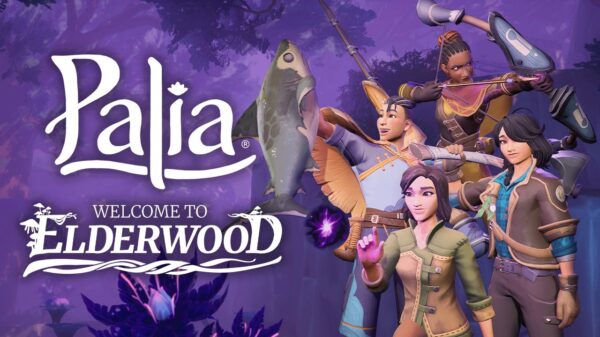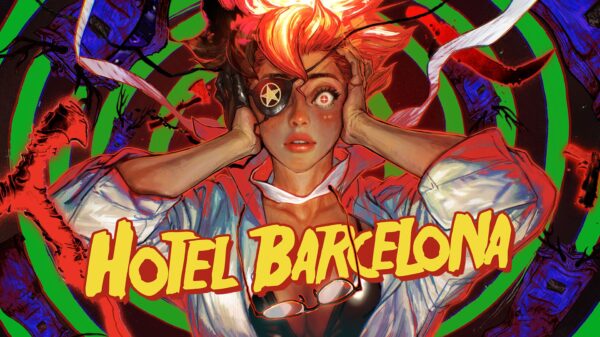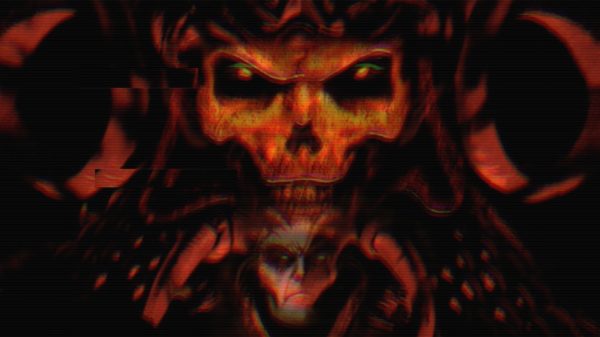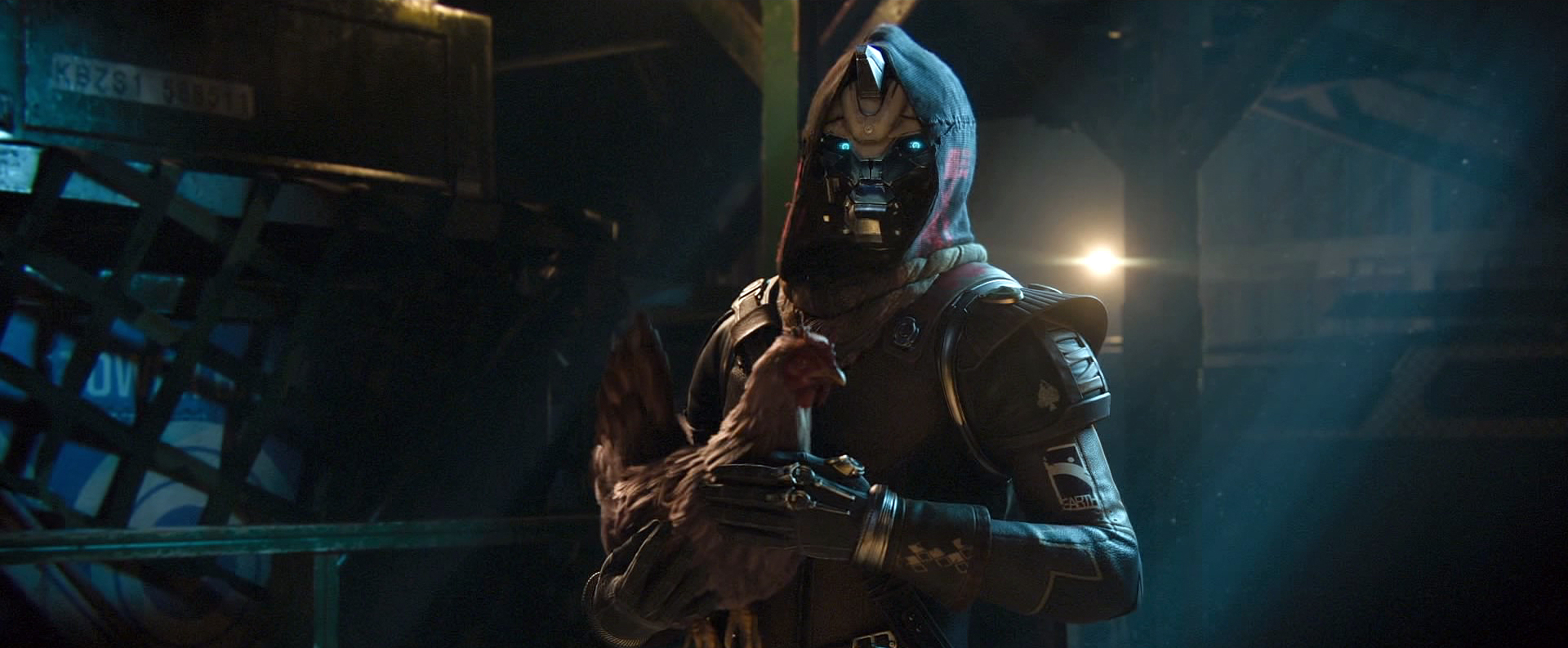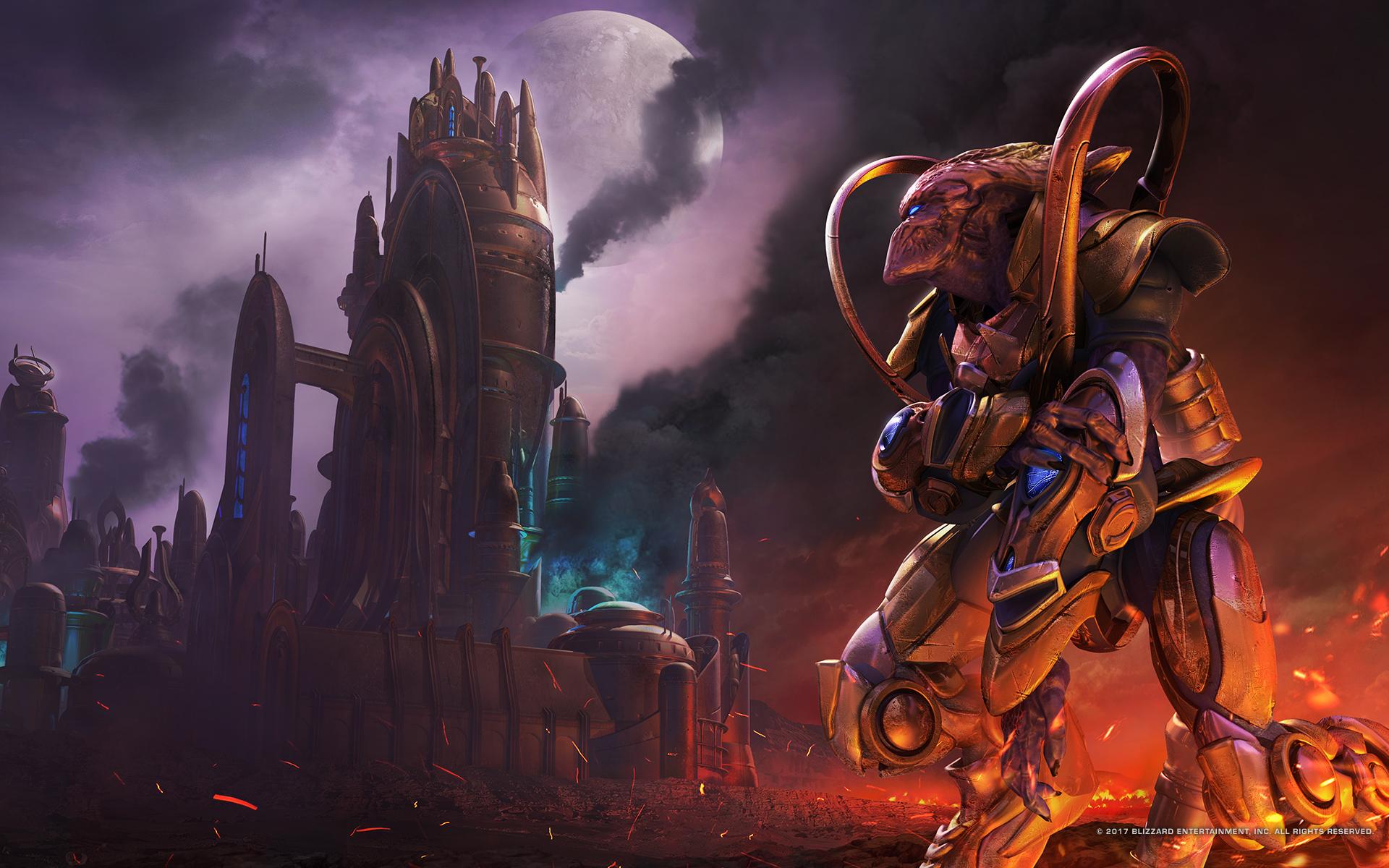Remasters, a concept that has run wild within the last decade or so, now fill the middle market, gauging whether a product still holds audience interest at the AAA level, they’re often seen as cash grabs or a means to restore some good faith from days gone. Their view is forever shifting, highlighting issues with the industry’s constant conflict between fresh ideas and profit, alongside the ever-growing problem of consumers simply wanting the same thing over and over, while tweeting that they want anything but.
Blizzard has a history of making remasters. In 2017, it released their Starcraft remaster, a subtle job that did little to alter the core DNA beyond some visual finesse and quality-of-life features. A few years later, it remastered Warcraft 3, which was equal to high-speed crash into a brick wall.
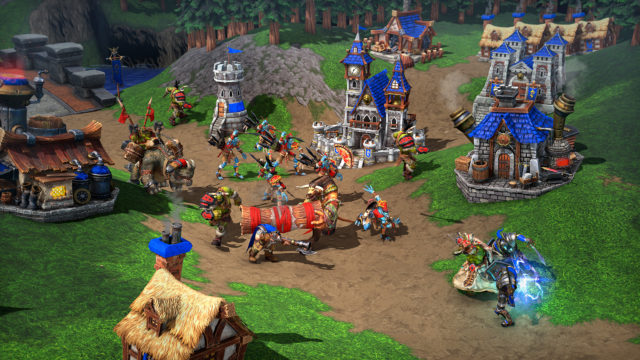
A mess
Blizzard’s standing among fans is a strange mix of the old guard and those of a more modern caste. With a grey hair or two, we reflect upon the times Blizzard was bold, creative, and in-touch with its fanbase. On the flipside, there are fresher souls who know only of Activision-Blizzard, a version where the core was either ripped out, jaded or muted. Overwatch, Diablo 3, Retail World of Warcraft and Hearthstone formed these foundations.
It’s at this point we find ourselves staring at the recently announced Diablo 2 remaster. The third remaster of a classic game from Blizzard’s library. Arguing the optics of did this remaster needed to happen is a topic for another time (oh trust me, we’ll get there) but what is worth looking at is the place it has as part of a trend Blizzard is revelling in.
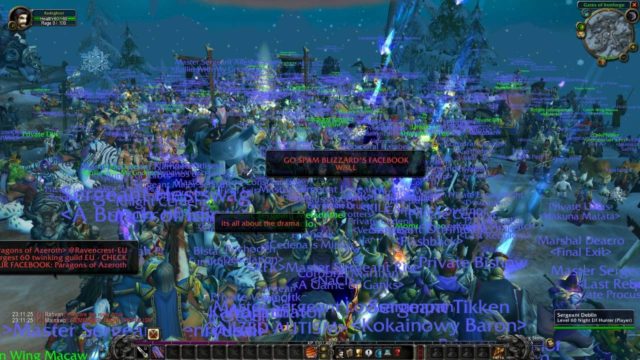
The closure of private Vanilla World of Warcraft servers led to a charge for official Classic servers.
Blizzard’s missteps with their franchises are well documented, as is their increasing erosion with their fans. World of Warcraft’s direction turned off fans, creating a desire for private ‘classic’ servers which Blizzard aggressively targeted with cease and desist. The calls for a classic state of WoW only grew, with Blizzard’s Allen Brack infamously saying ‘’You think you do, but you don’t’’ in reaction to a question over a possible official version of the classic.
Fast forward to 2021. World of Warcraft Classic has been a huge success, World of Warcraft retail has been influenced by the hunger for preserving older content and The Burning Crusade Classic is officially announced. But how does this relate to Diablo?
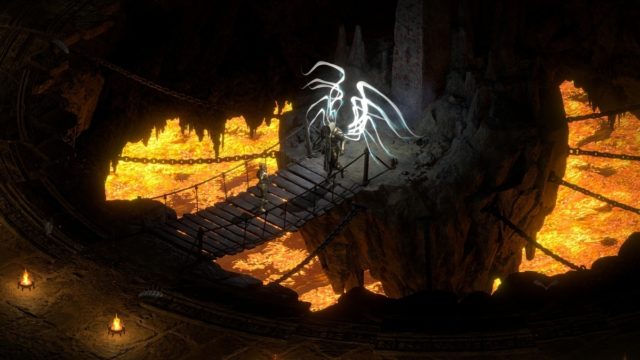
Diablo 3, and indeed Diablo 4, are layered with a sense of cautious doubt. The ideals of Blizzard have clearly changed. Those who crafted and moulded Diablo have all since gone, in their place a new breed with new ideas, influenced by the corporate structure of modern Blizzard. The poorly timed announcement of Diablo Immortal at Blizzcon 2018 resulted in a spike in disdain towards the series once again, damaging the brand in the process.
Blizzard found themselves stuck between a rock and a hard place. The Diablo fan base was fractured. Old-guard annoyed by Diablo 3’s change in tone and lack of depth, compounded by the arrogant announcement of Immortal. The Diablo 3 diehards awaiting Diablo 4 while being lukewarm on Immortal’s existence. Finally, everyone else is looking at Blizzard, fresh from the Blitzchung controversy and rough attempts at making Overwatch esports bigger than it was. So how do you restore faith, goodwill and interest when your next big release is a while away? A remaster of course.
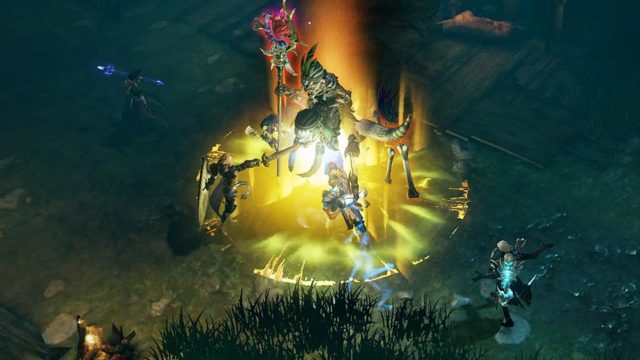
Diablo 2: Resurrected (a title that makes no sense given the game was never dead to begin with) is the perfect product to put out that touches all corners of their market. The cynical side of me sees this as nothing but filling gaps between release, preying off the formly cementated goodwill. Blizzard are aware of the spot they find themselves in, rebuilding the Diablo brand into something different, something more palatable to modern audiences. After the damages of Diablo 3 and Immortal, the best way forward is a pincer movement. Diablo 4 awaits on one side with Diablo 2 on the other. Coming together ever so closely.
It’s a method that is tried and true, with World of Warcraft Retail and Classic performing similar methods. The issue Blizzard faces are highlighting their own inadequacy. Diablo 2’s depth, tone and general flow may highlight possible flaws that arise in Diablo 4. This, ultimately, is where Blizzard finds themselves, trapped in a cycle of going back to the past to heal fresh wounds. Bigger issues lay ahead, with only so many games to dig up, even more so when Blizzard showcased their inability to reforge them.
Diablo 2: Resurrected will stand as the curious half-way point between the old and new, proving a drama that could play out in a number of ways. Perhaps this aspect will be the most curious element of Activision-Blizzard as the years go on.



